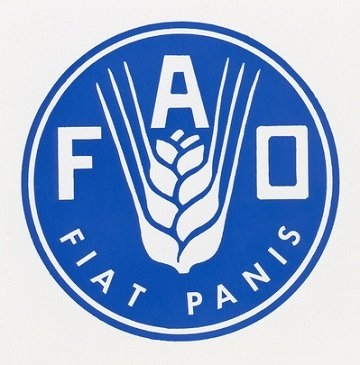The FAO Food Price Index rose by almost 40 over the year%

Average Food price index FAO in May increased by 4.8% compared to April to 127.1 P., which is 39.7% or 36.1 p. higher than in May 2020. The may jump, due to a sharp rise in the price of butter, sugar, grain, and to a lesser extent meat and dairy products, was the largest monthly increase since October 2010. The food price index has been growing for 12 consecutive months, has already reached its highest level since September 2011 and is only 7.6% lower than the record figure of February 2011, when it was 137.6 points.
Compared to April, the average value is Grain price index FAO in May increased by 6% or 7.6 p. to 133.1 P., which is 36.6% or 35.7 p. higher than in May 2020. most of all, corn prices increased for the month – by 8.8% or 12.9 p., which is 89.3% or 75.6 p. higher than in May 2020 and is the highest indicator since January 2013. Prices for barley and sorghum also increased by 5.4% and 3.6%. Wheat prices rose sharply at the beginning of the month, but then declined on forecasts for improved weather in the United States and Europe, but at the end of May they increased by 6.8% or 8p, which is 28.5% or 27.7 p. higher than in May 2020. World rice prices remained stable in May, as significant logistics costs restrained trading activity.
Vegetable oil price index it shows growth for 12 consecutive months and in May increased by 7.8% or 12.7 p. to 174.7 p. due to the rapid increase in prices for palm, soybean and rapeseed oil. Palm oil prices rose to the highest level since February 2011 amid rising import demand and a slight increase in production and low stocks. Prices for soybean oil are supported by high demand from the biofuel industry, and for rapeseed – an increasing shortage of supplies.
Price index for dairy products it increased by 1.5% or 1.7 p to 120.8 p, which is 28% or 26.4 p higher than in May 2020, but 22.8% lower than in December 2013.
Meat Price Index prices were supported by an increase in imports from Asian countries, in particular China, against the background of reduced supply on world markets due to a slowdown in the slaughter of lamb and beef, as well as an increase in domestic demand for pork and poultry in the main producing countries.
Sugar price index it rose 6.8% to 6.8 p. to the highest level since March 2017 of 106.7 P. it is growing for the second consecutive month amid delayed harvesting and a low harvest in Brazil. Higher oil prices and the strengthening of the Brazilian Real against the dollar are reducing sugar exports from Brazil, but increased supplies from India have limited the increase in sugar prices.


